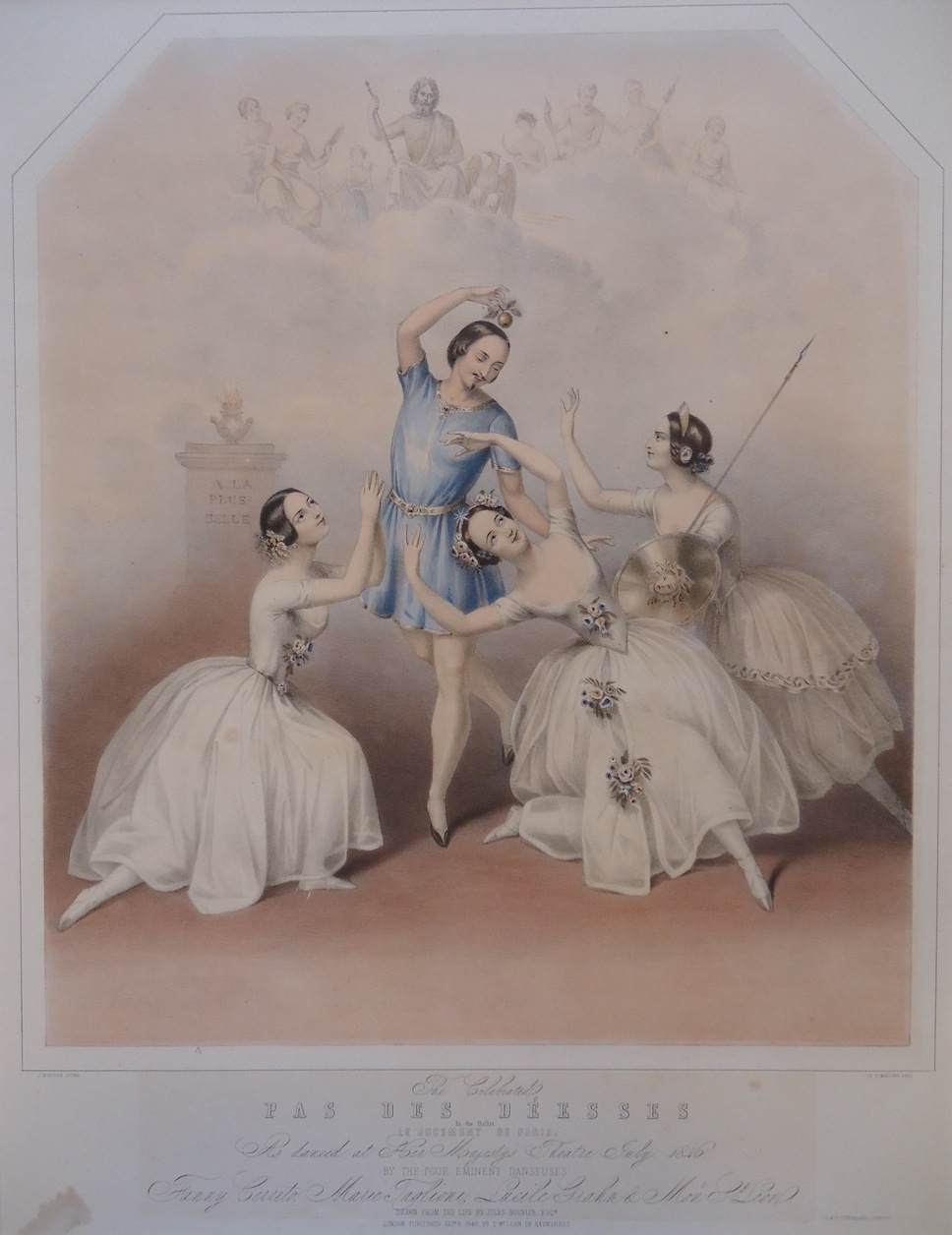fig. 8 Jules Bouvier, The Celebrated Pas des déesses in the ballet Le Jugement de Paris. As danced at Her Majesty's Theatre July, 1846 by the four eminent danseuses Fanny Cerrito, Marie Taglioni, Lucile Grahn & Mon. St Leon. (1846), published in London, hand colored lithograph, 58.7 x 47.2 cm, Victoria and Albert Museum, London
fig. 9 Johan Zoffany, Group Portrait with Sir Elijah and Lady Impey (c.1783-4) oil on canvas, 91.5 x 122 cm, Museo Thyssen-Bornemisza, Madrid
This (fig. 9) is another image of a patriarch presiding over the performance of a pliant dancer. It was painted in India by Johan Zoffany in 1783. It is an allegory of colonial music in which differences in native tone and pitch and rhythm are held together by the governing social order of a European family. It shows the family of Elijah Impey, the first Chief Justice of the Calcutta Supreme Court.
Impey’s daughter Marian occupies the focal point of the image. She is dancing an Indian dance of short travelling steps and poses in time with the music of the tabla, sitar, triangle and cymbal players and singers and is dressed in the tight-fitting churidar, ankle bells and high waisted translucent overskirt of a nautch girl. It is a precarious position for her to occupy. There were strong connections between nautch dancing and perceived indecency among Europeans at this time. Nautch dancers were likely tawa’ifs (hereditary courtesans), who had their social station assigned by caste, who danced for money and male indulgence and who were either kept collectively behind the purdah in zenanas by wealthy patrons or migrated between distant centres of patronage like Delhi, Lucknow and Calcutta. All of this makes Marian’s dance an imperiling act of cultural mimesis.
In one sense her dance is a mere making light of identity since the classlessness and homelessness of some dancing women in India were opposed to the girl’s assured place in a colonial dynasty. But in another sense she strikes the overall tone of the basically faulty act of imitation which this commission attempts to pull off. Gillian Forrester has recently noted in her catalogue entry for this painting in the YCBA exhibition that Elijah Impey was at this time embroiled in the impeachment of Hastings, in the charges of corruption and embezzlement that undermined the ruling colonial class’s self-evident right to govern and at a time when there emerged an obvious disparity between signs signifying a world of harmony and justice and a reality which was dissonant with inequity. In this light Marian’s nautch dance could be construed as an embezzlement—as much as an imitation—of Indian culture.
Now I would like to compare this image with another of a European female posed in the attitude of an Indian dancer in a context of judgment by patriarchal figures.


